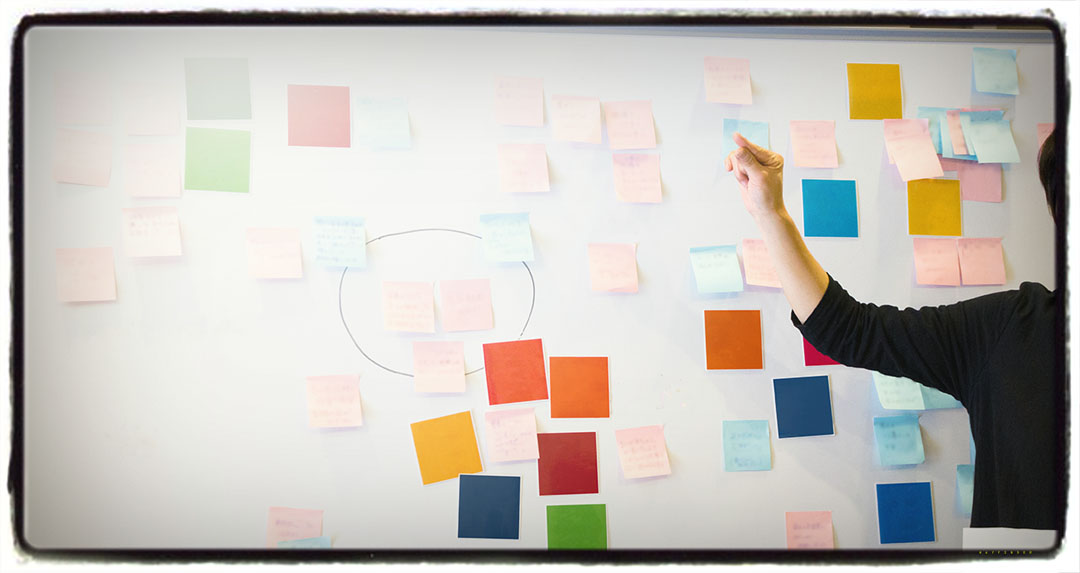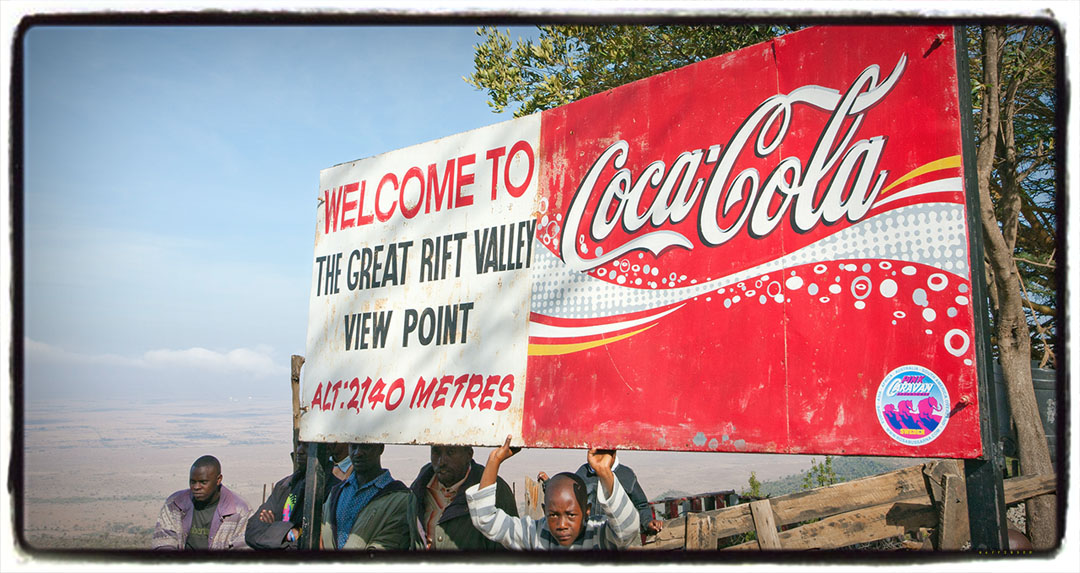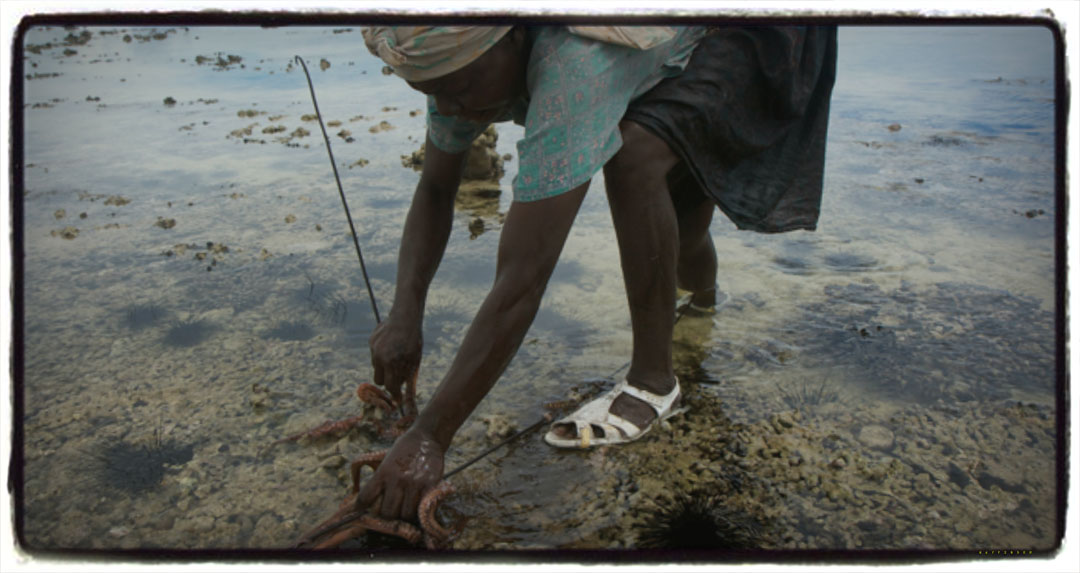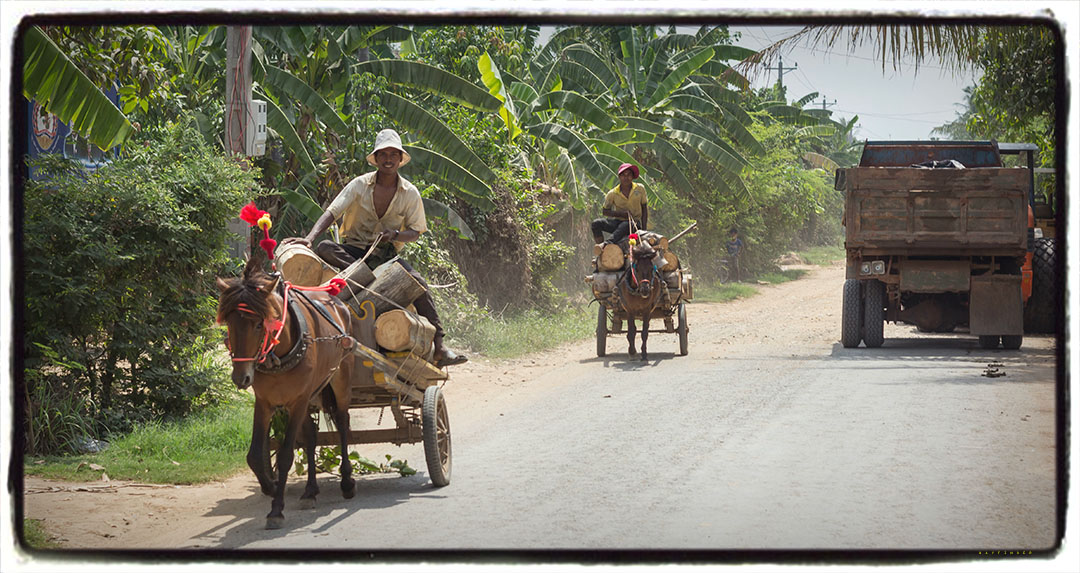Identifying key components in different sectors
In complex social-ecological systems, many different system variables interact and influence each other, while also being exposed to external driving forces. These interactions, between social, economic and environmental variables, shape the overall behavior of the system, and over time shape the development trajectory.

In complex social-ecological systems, many different system variables interact and influence each other. Mapping out key system components in different domains is a first step towards building a conceptual systems model. Photo: iStock.
In Phase 3, the main task is to generate an in-depth understanding of the system dynamics that produce the dilemmas, and that keep a system on its current trajectory. In this phase, we lay the foundation for the analysis of system dynamics, by mapping out the system components most relevant to solving the dilemmas and moving towards stakeholder aspirations.
Understanding system boundaries
By identifying key system components, we also provisionally decide on some boundaries for the system, which gives the process a focal scale of analysis. In the past, social-ecological systems tended to be more localized than today, and geographical boundaries often corresponded fairly well to social and jurisdictional boundaries. People lived in a community and relied to a large extent on the surrounding landscape for food, income and cultural identity. Today, this is often not the case. While people live in one place and often have some relation to the environment there, they also depend on many resources from elsewhere.
If this is the case for your system, there is no point in trying to force a fit between the geographical and the social boundaries of a system. Instead, describe approximate boundaries that relate to the key dilemmas and that encompass the main components of the system. Further on in the process, additional scales and levels of organization above and below the focal system will be identified, such as individual households, broader ecosystems, and governing regions, as well as new and emerging drivers for change. The goal here is not to get it exactly right, as the information will be refined later on, but the process of creating a shared understanding of the system identity, focusing on key components and scales relating to the dilemmas and aspirations, is important for framing the remainder of the Wayfinder process.
Use the attached discussion guide to structure your work. Start by listing relevant system components in different domains. The you may want to start drawing a simple diagram to help to organize these components. This will be the beginnings of a conceptual model for your system.



